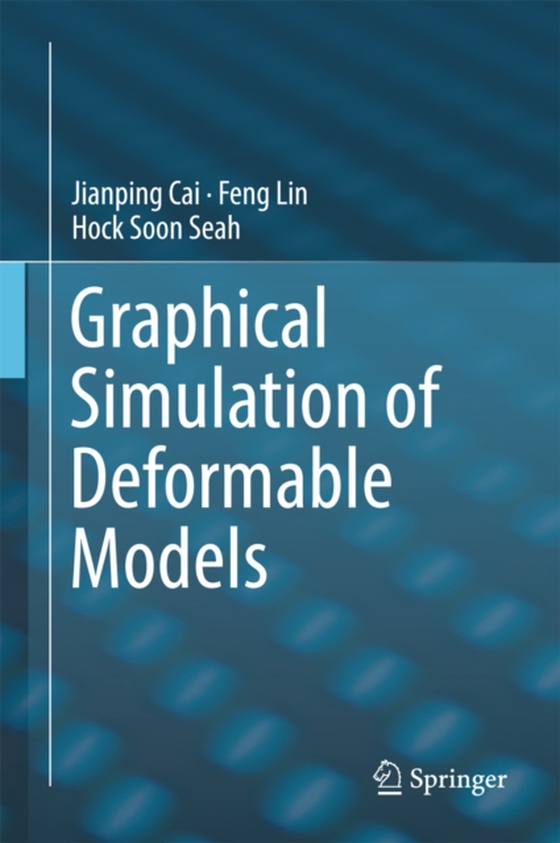
Graphical Simulation of Deformable Models e-bog
1094,16 DKK
(ekskl. moms 875,33 DKK)
This book covers dynamic simulation of deformable objects, which is one of the most challenging tasks in computer graphics and visualization. It focuses on the simulation of deformable models with anisotropic materials, one of the less common approaches in the existing research. Both physically-based and geometrically-based approaches are examined. The authors start with transversely isotr...
E-bog
1094,16 DKK
Forlag
Springer
Udgivet
20 december 2016
Genrer
UYM
Sprog
English
Format
pdf
Beskyttelse
LCP
ISBN
9783319510316
This book covers dynamic simulation of deformable objects, which is one of the most challenging tasks in computer graphics and visualization. It focuses on the simulation of deformable models with anisotropic materials, one of the less common approaches in the existing research. Both physically-based and geometrically-based approaches are examined. The authors start with transversely isotropic materials for the simulation of deformable objects with fibrous structures. Next, they introduce a fiber-field incorporated corotational finite element model (CLFEM) that works directly with a constitutive model of transversely isotropic material. A smooth fiber-field is used to establish the local frames for each element. To introduce deformation simulation for orthotropic materials, an orthotropic deformation controlling frame-field is conceptualized and a frame construction tool is developed for users to define the desired material properties. The orthotropic frame-field is coupled with the CLFEM model to complete an orthotropic deformable model.Finally, the authors present an integrated real-time system for animation of skeletal characters with anisotropic tissues. To solve the problems of volume distortion and high computational costs, a strain-based PBD framework for skeletal animation is explained; natural secondary motion of soft tissues is another benefit. The book is written for those researchers who would like to develop their own algorithms. The key mathematical and computational concepts are presented together with illustrations and working examples. It can also be used as a reference book for graduate students and senior undergraduates in the areas of computer graphics, computer animation, and virtual reality. Academics, researchers, and professionals will find this to be an exceptional resource.
 Dansk
Dansk

